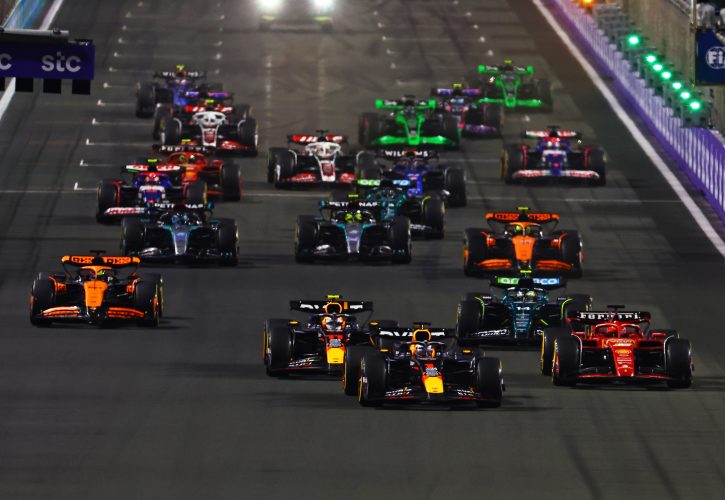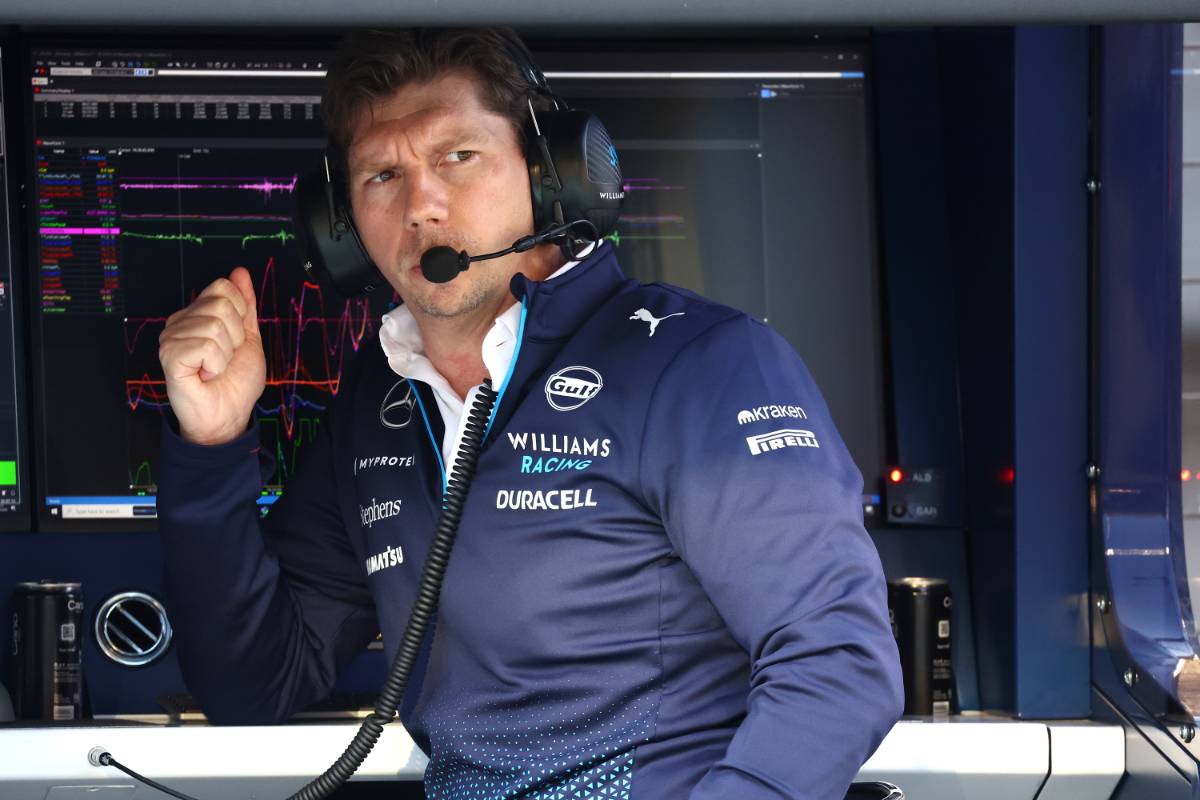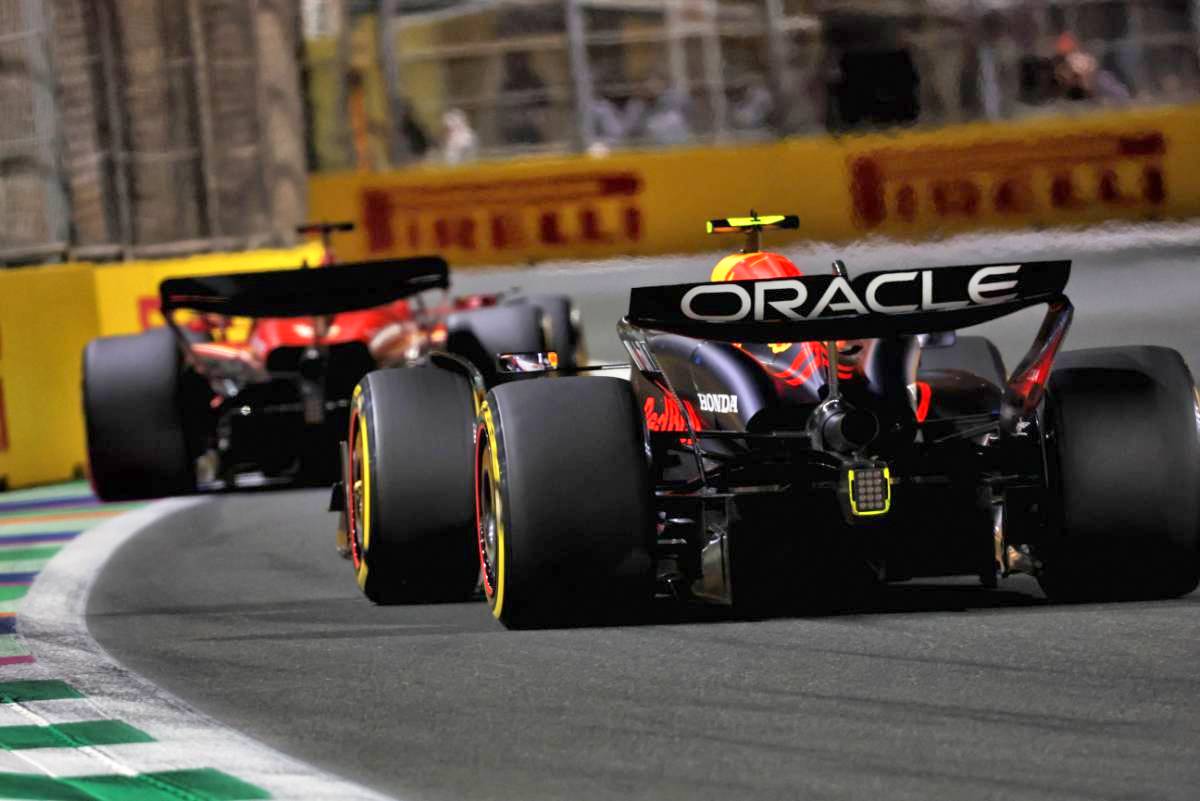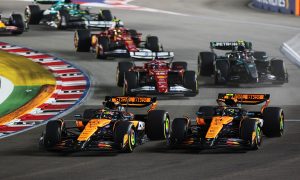
Formula 1’s ground-effect regulations which were designed to improve overtaking seem to be losing their effectiveness, but Williams team boss James Vowles insists the rules have not been a failure.
Introduced in 2022, Grand Prix racing’s current regulations aimed to break the DRS-reliant overtaking prevalent in the previous era.
The initial surge in close racing seemed promising, but drivers are now reporting a return of the "dirty air" phenomenon.
The latter, caused by a turbulent and disruptive airflow in the wake of a car makes it difficult for the following driver to stay close enough to attempt a pass.
Mercedes' technical director James Allison recently echoed these concerns, suggesting that the current rules' focus on controlling the wake might be an ineffective approach, comparing it to a "tilting at windmills type of challenge”.
The challenge of promoting exciting racing with close battles and overtaking opportunities remains a priority for Formula 1, and one that will be tackled once again through the introduction of the sport’s 2026 regulation platform which has yet to be finalized.
In the interim, when asked if F1 should tweak its rule book for 2025, the final year of its current set of rules, Vowles acknowledged the challenges faced on the track by drivers but contended that the regulations themselves have not failed.
“I don't think the regulations have failed,” said Vowles, quoted by Motorsport.com.
“I think that would be wholeheartedly unfair. I think the competition is pretty tight in the midfield. There is overtaking that takes place.
“I think even on the data that we can see now, it's still better than the ‘21, ‘20 generations of cars.

“But especially the leading pack have developed the car in an extraordinary way that as you develop downforce, it is making it harder to follow.
“But I still think on all the metrics and all the data we can see, you're now getting closer than you were before as a result of things, which was an intention behind it.
“Whether they will improve in ‘25, no, I don't think so. There's no reason to think it will improve next year. And in ‘26, again, the rules are still being ratified as we speak, so it's hard to evaluate that.”
Queried on the same topic, Aston Martin team boss Mike Krack was on the same page as his Williams counterpart.
“I agree with James, I think the regulations are not a fail, at all,” he said. “I think it has allowed various designs from the beginning, then obviously a dominance that none of us want, but that's a fact.
“But all in all, I think we have one more year to go, and then we welcome the new ones. As James said, they're not 100% fixed yet, and we look forward to them.
“But honestly, I think the current regulations are well done and well made, and we have had great racing behind one team.”

Formula 1’s regulations prohibit teams from starting the design process of their 2026 machines before January 1, 2025.
But Krack nevertheless insists on the importance of having the future rules set in stone well in advance.
“I think the target is to have the first set of regulations by the end of June,” he said. “And then we will move from there.
“Probably they will not be complete or fully complete, but I think it's important to have regulations early because it's really a big change for everybody.
“And so we need to see how is the weight target, how is the architecture of the car? What is the tyre size? A lot is still being discussed. So we should not delay too much."
Keep up to date with all the F1 news via Facebook and Twitter







